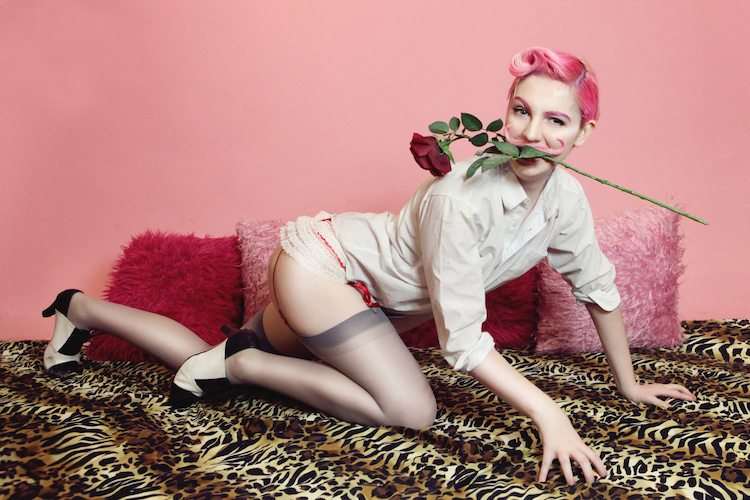express talked to members of Wellington’s GAG Collective.
Traditionally, drag has valued a performer’s ability to “pass” as either male or female and has focused on binary understandings of gender, reinforcing these social constructs rather than subverting them.
It is a dynamic that some performers have been tirelessly challenging for years but only recently has this filtered into more mainstream drag scenes – the kind of drag that isn’t just reserved for underground art shows or found in the depths of Berlin.
Wellington’s GAG Collective are among those here in Aotearoa who aim to provide an inclusive space for drag performers to challenge drag (and gender) norms.
“Traditional drag performs the exact opposite of one’s expected gender role, while some of us take it differently and refuse to be reduced to the binary box. Why not go one further and reject the norms by expanding into the spaces between and beyond binary gender?” explains a Collective member who performs as both Altra Violette and Robin Yablind.
They say as drag is evolving to present this understanding, Wellington is no exception.
“We have a better understanding of gender identity than we did 10 years ago. Drag isn’t about male/female imitation anymore.”
“To continually push the boundaries of people’s ingrained expectations is what drag is about. While the public’s understanding has caught up to the concept of drag Queens, there is still so much more to do with Kings, as well as bio/faux/cis Queens/Kings, and androgynous/fluid performers, so I can’t wait to see where we go next!”
Performing mostly as Tess Tosterone but on occasion, as a King, Adrian Renor understands pushing traditional concepts of drag. “I pass as a cis man more, but I’m automatically a political statement the second I out myself as trans,” he says. “It means that for me, drag is something I can’t be flippant with, I have to be on high alert all the time because I can’t make mistakes or risk being perceived wrong. I can communicate better with my body in drag than I can with my voice,” he says. “Drag for me is communication.”
Angel Ace says all performance, including drag, is a visual art and getting-over what you intend is very important. “Knowing how you are coming across to the audience helps you control them. However passing as a ‘man’ or a ‘woman’, I think as a performer, isn’t particularly revolutionary now – but if that is what you intend, perfect!. I personally am more interested in confusing people and making people question or completely transcend what people expect to see, making them think.”
“Drag to me just made sense,” they say.
Angel believes with information and tutorials for performers being so readily available, drag is evolving at an accelerated rate.
“With the mainstreams greater acceptance of drag as a performance medium, it can be hard to be different or unusual in the growing industry, so performers have to push everything that we are doing to stay “different”, and keep moving forward in developing art.”
While Rupaul’s Drag Race was the catalyst for getting into drag they have had many moments watching someone perform and thinking ‘wow, this is incredible, Timothy Taffy says they “will never forget this. There is a lot of love and I’ve made some lifelong friends from this experience”
They say there’s always been a drive to perform but it’s the community in drag that is really special.
“There’s a lot of love and I’ve made some lifelong friends from this experience. I want to give them the best show I can give, it’s what drives me to improve.”
Like fellow collective members, Timothy is navigating a world of drag traditionally favouring binaries but being a king in a world of queens he’s already rather non-traditional. “I still put on half a pound of makeup and stick things down that don’t want to be stuck down… but it took a while for the traditional crowd to get used to it”.
Drag has always been about spectacle they say and social consciousness is always changing, “If we don’t evolve then the audience will tire of us.”
“We have a better understanding of gender identity than we did 10 years ago. Drag isn’t about male/female imitation anymore.”























